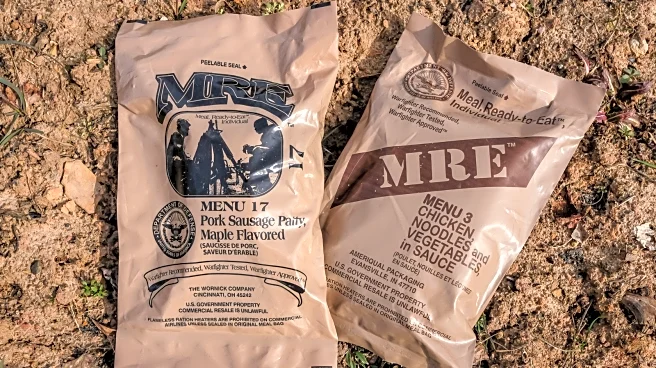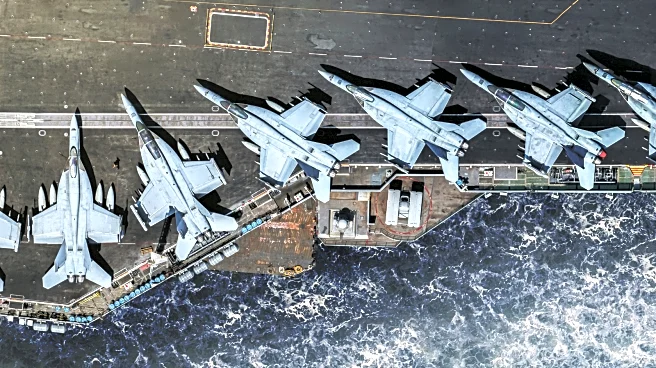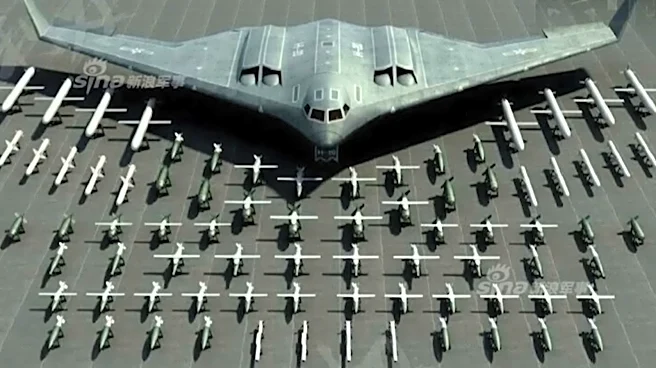
Some parachutes feature openings or holes, which aid in stability and control. Without a means for some air to escape through the top of the canopy, wind could force the parachute to rock back-and-forth violently. In some cases, the fabric can actually fold in on itself, sending the soldier into an uncontrolled fall. While it seems counterintuitive, you want some air to flow through the parachute to enable a safe decent.
The armed forces utilize parachuting to insert both soldiers and equipment near
to the battlefield or area of operations. The largest airborne operation in history took place in World War II, during Operation Market Garden, which saw around 35,000 paratroopers and glider-equipped soldiers drop into Holland. These kinds of jumps use static line parachutes, where many soldiers are clipped to a line mounted inside the plane that automatically pulls the chute as the they leap out.
Currently, the parachute used for static line jumps is the T-11, which features a large square shape when deployed, and includes several deliberate openings in the fabric for controlled decent. The T-11 accommodates a wide array of soldier sizes up to 400 pounds, and drops at around 19 feet per second. It doesn't provide a lot of steering control, but with the impressive specifications of Boeing's C-17 Globemaster III , more than a hundred soldiers can jump within seconds of each other.
Read more: 10 Airplanes That Managed To Fly With Staggeringly Low Horsepower
Static Line Versus Free Fall Parachutes

Sending hundreds of paratroopers out of the back of military cargo planes is an efficient method of flooding the area of operations with soldiers and gear, but it's not the most subtle approach. Special operations units typically opt for what's called a free fall jump, where smaller groups of specialized soldiers leap out of aircraft and fall for a set period of time before deploying their chutes. One of the means used to deploy special operations soldiers include a costly aircraft used for a variety of missions, the Bell Boeing V-22 Osprey.
These parachutes, such as the Army's RA-1 look and behave far different than something like the T-11. The RA-1 is a type of ram-air parachute, which is shaped like a rectangle, functioning similarly to an aircraft wing. These provide a much greater amount of navigational control, and can carry soldiers much farther away from the location of the initial jump. In fact, one of the defining characteristics of these military ram-air systems, is the ratio of glide. Essentially, for every foot of drop, the soldier is carried a certain number of feet forward. One example, would the PS-2 system used by the Marines, which is reported to offer a 5 to 1 glide ratio. However, similar to parachutes like the T-11, these ram-air systems still include holes in the front, which direct air into the canopy, forcing it rigid to enable wing-like behavior.
How Safe Is The T-11 Parachute?

The T-10 parachute design had been used since the early '50s until it was replaced by the T-11 in 2015. Prior to its launch, the T-11 underwent several studies to verify its performance and safety. One study, the Injury incidence with T-10 and T-11 parachutes in military airborne operations, published by the National Institutes of Health, found that for every 1000 jumps, there were 5.2 injuries with the T-11 as compared to the T-10 which was 9.1 injuries out of every 1000. These findings aren't too surprising when comparing the two designs in terms of decent speed. The T-10 falls three feet per second faster than the T-11. That might not sound like much, but the majority of injuries from jumps relate to ground impact, and a higher rate of decent equals a harder landing.
Another feature of the T-11 that helps reduce incidents is its slower opening speed. Due to its design that requires around 6 seconds to inflate the canopy, the typical jolt of deploying is reduced. Called a "hard opening," a parachute can cause pain, bruising, and even significant injury to the jumper upon the chute deploying. This can be a result of things like how the chute was packed, the position and the speed of the jumper on opening, among other factors.
Want the latest in tech and auto trends? Subscribe to our free newsletter for the latest headlines, expert guides, and how-to tips, one email at a time.
Read the original article on SlashGear.











